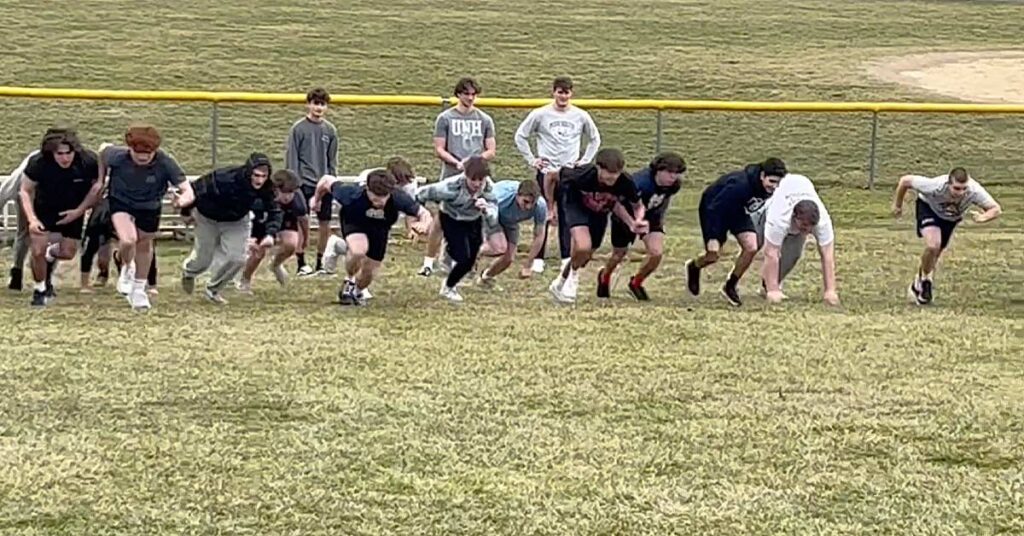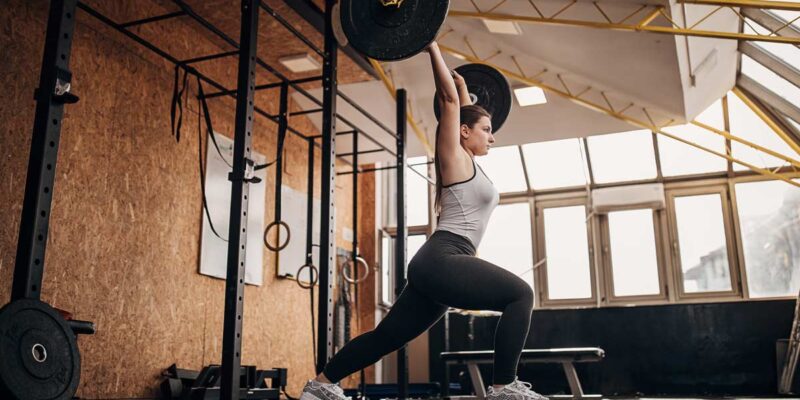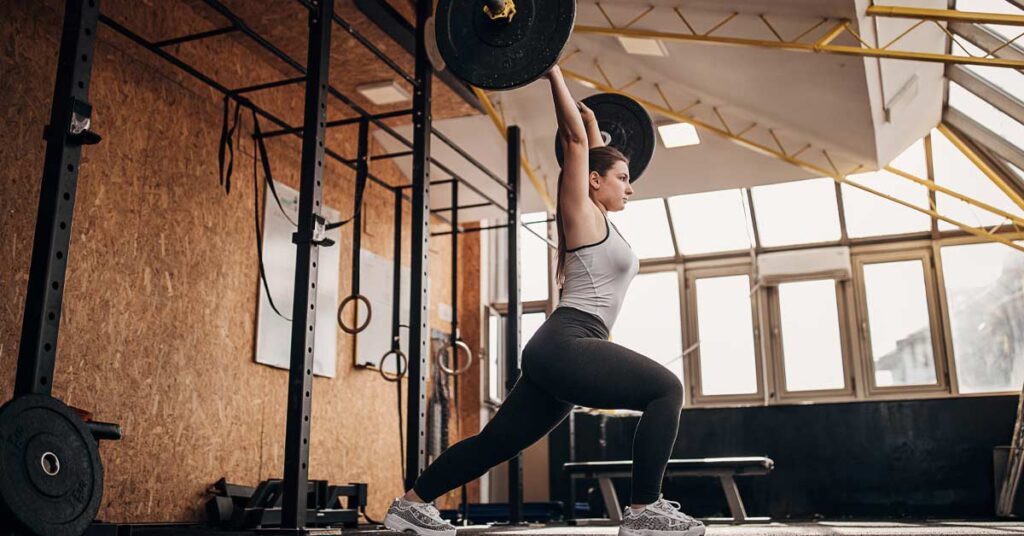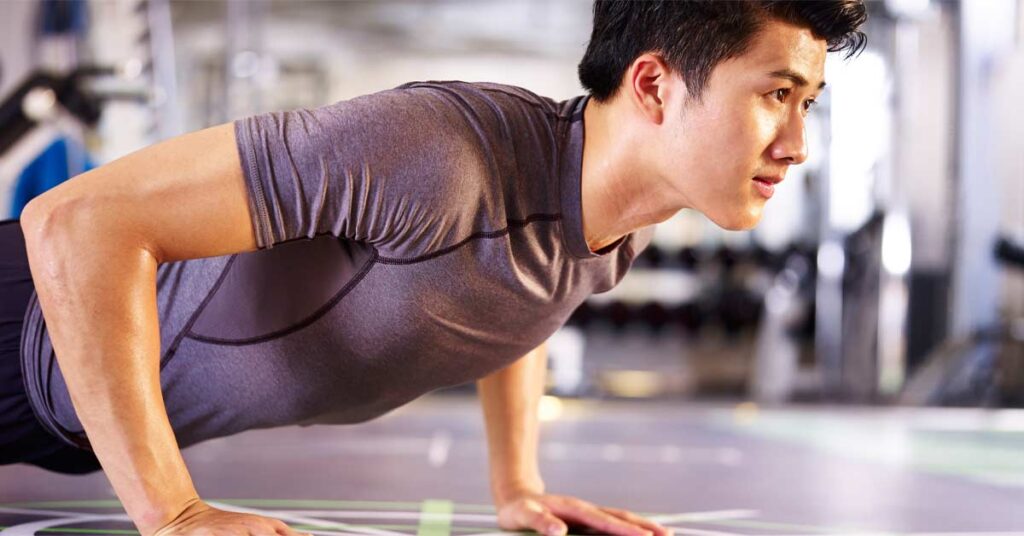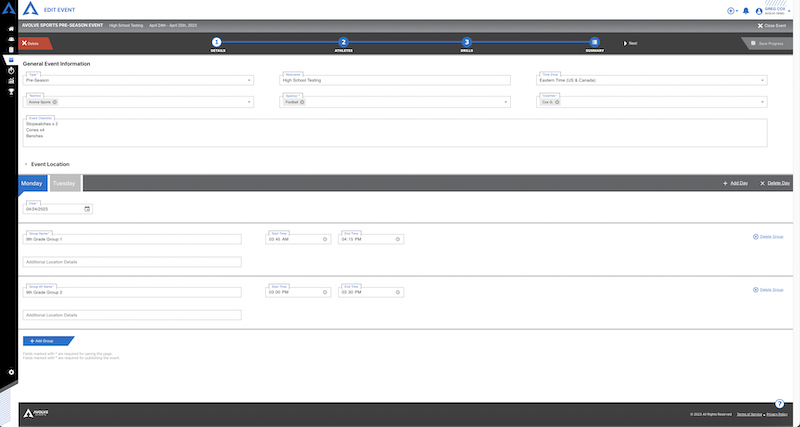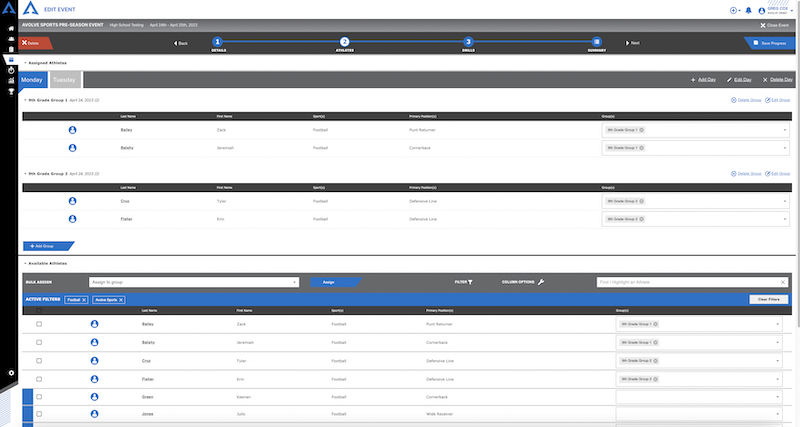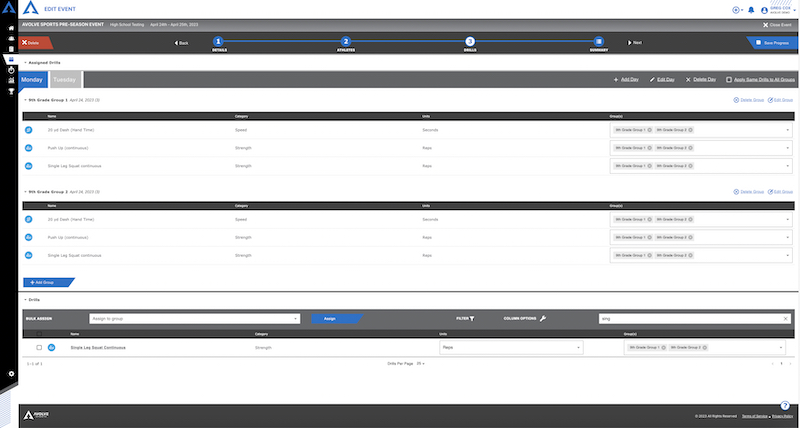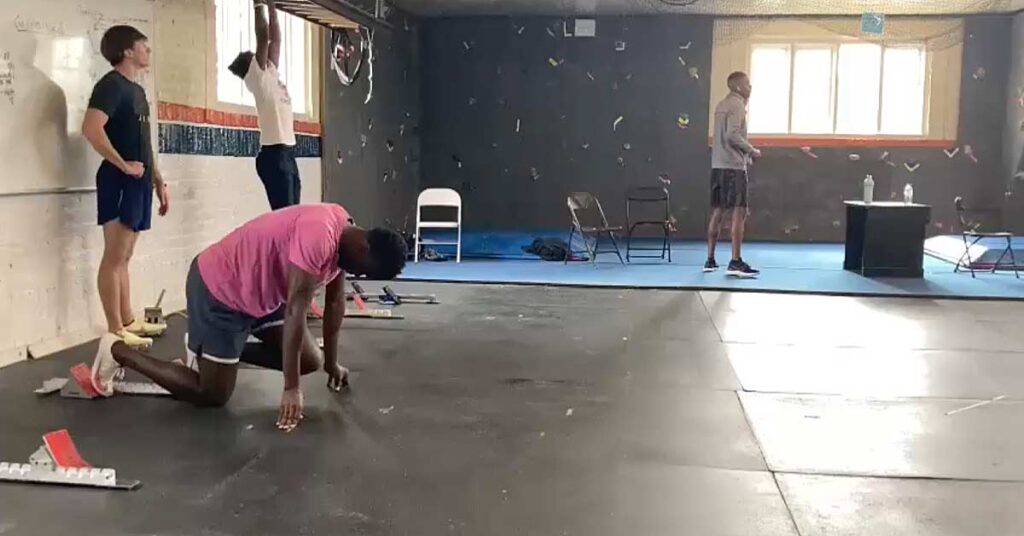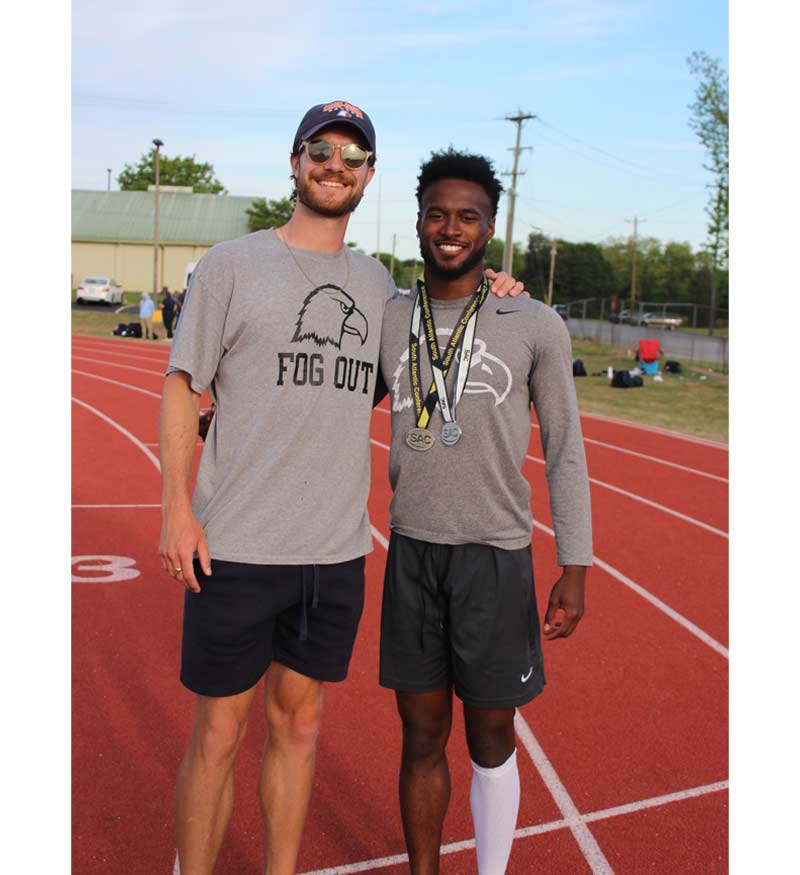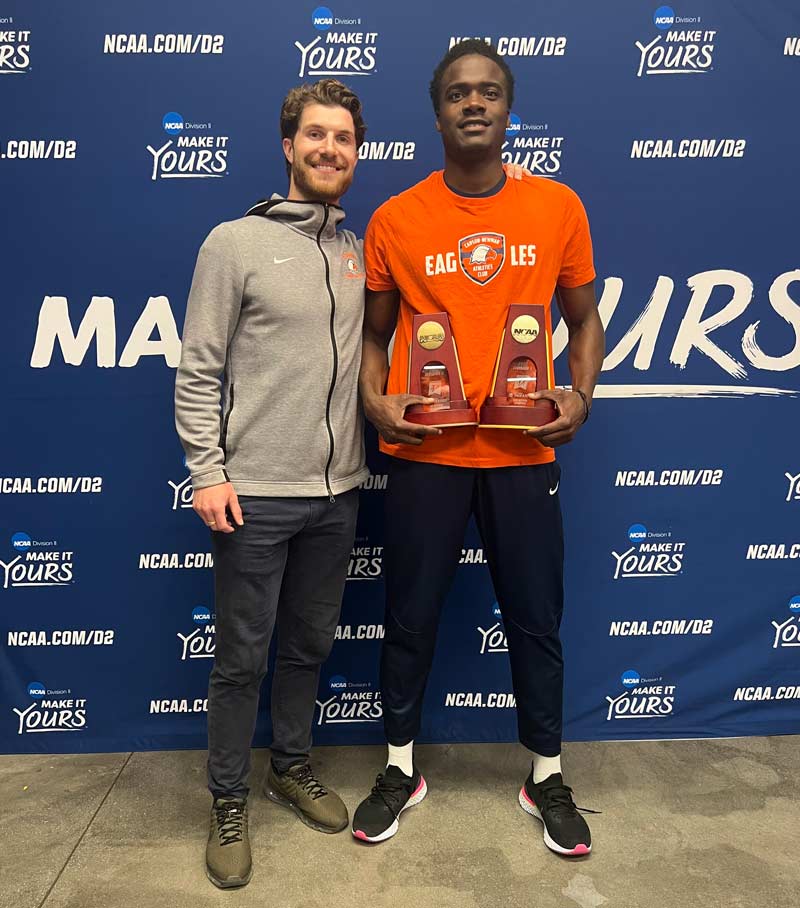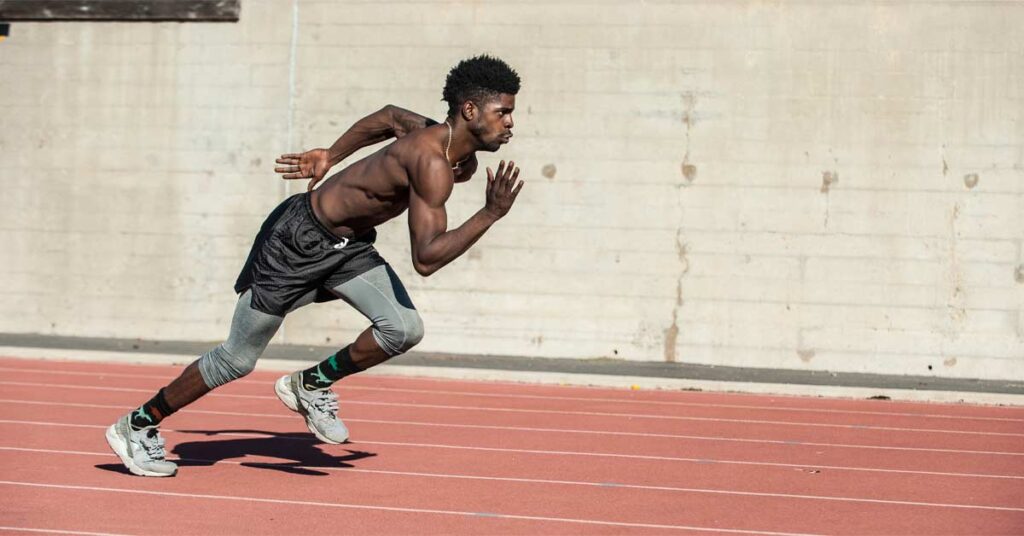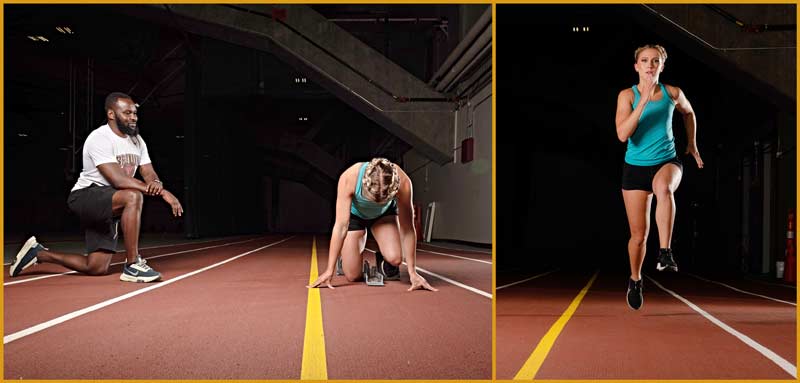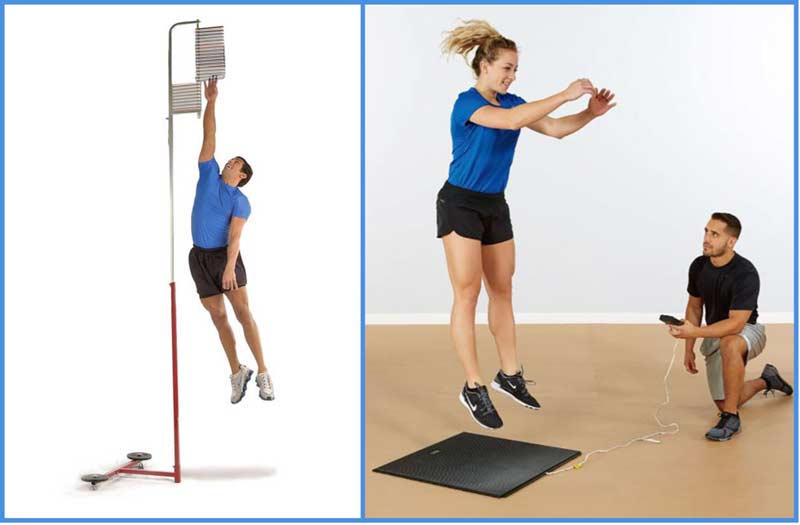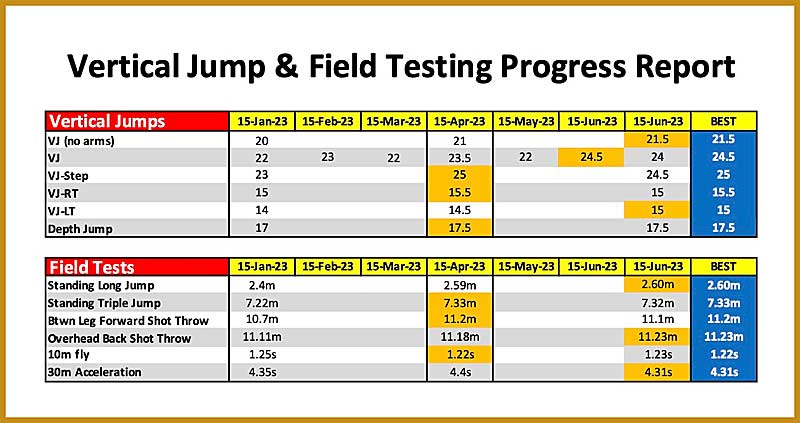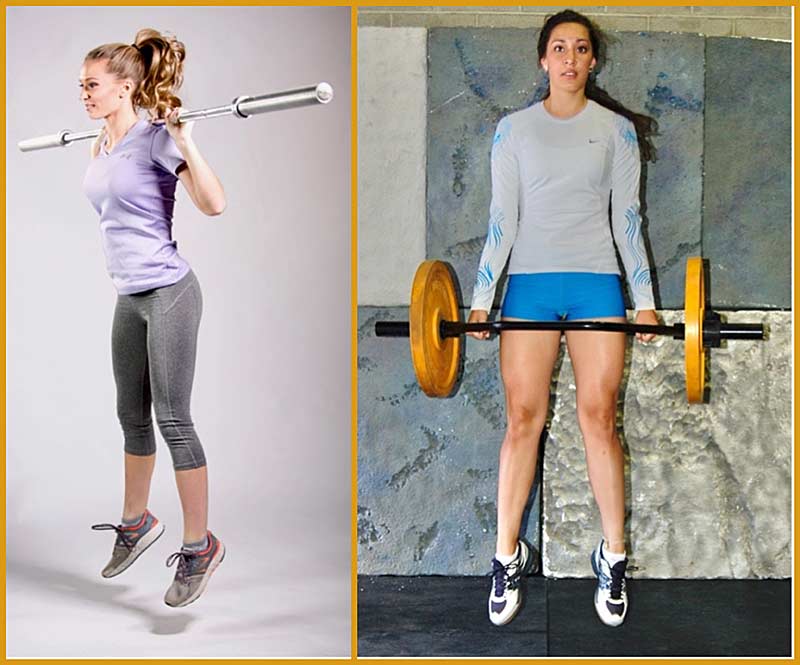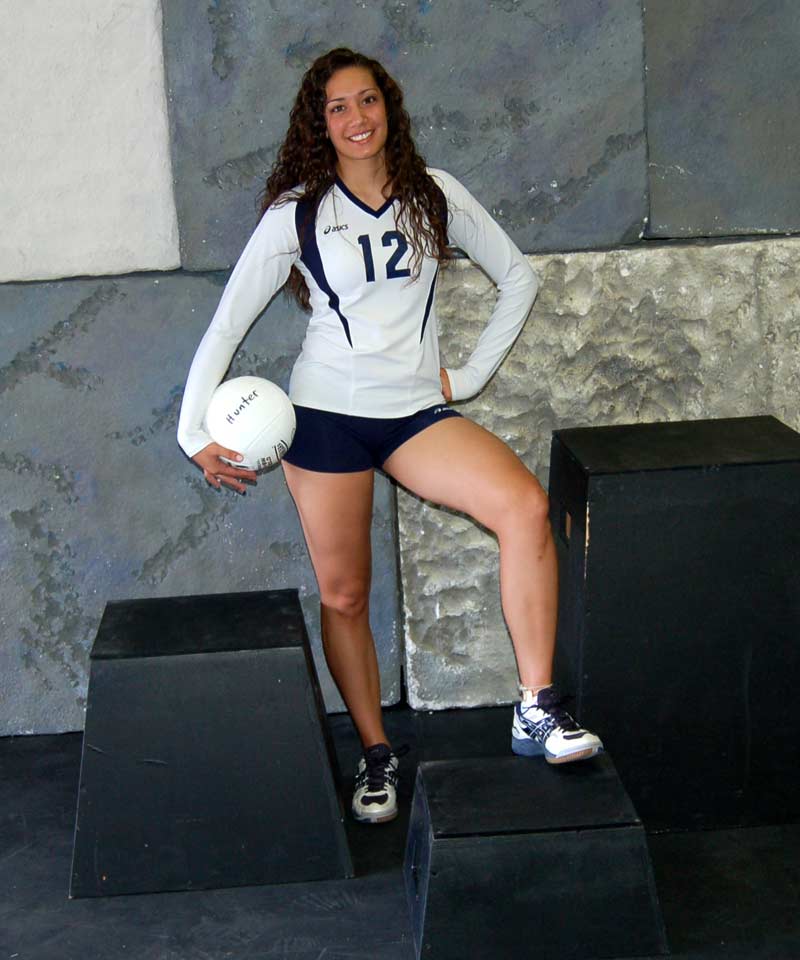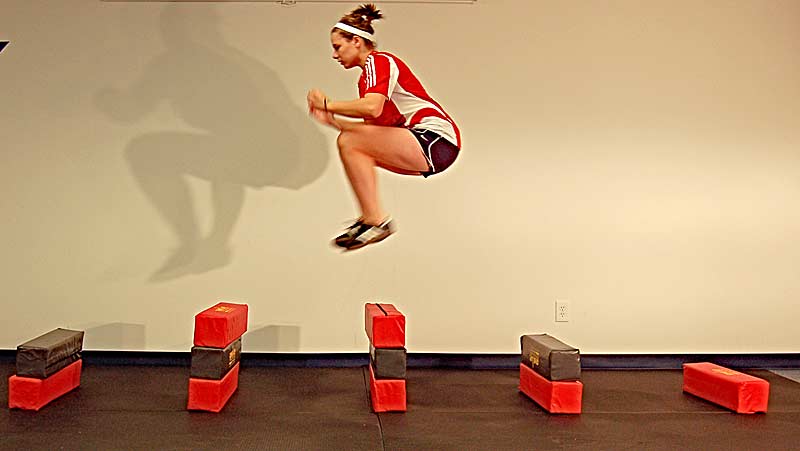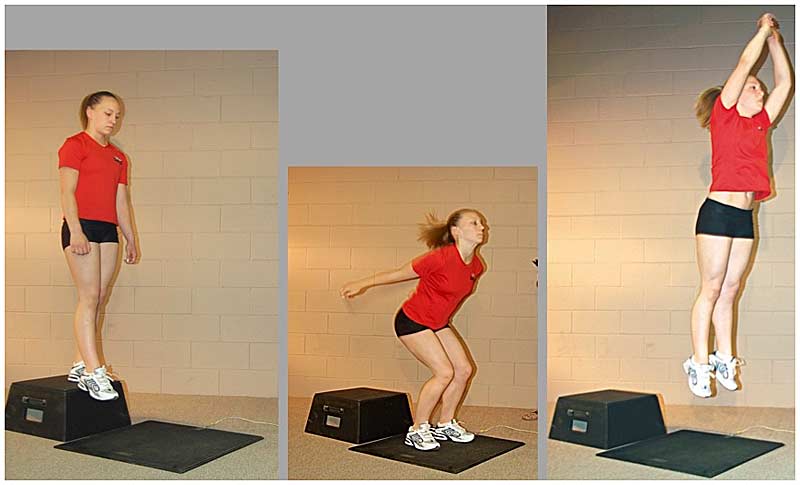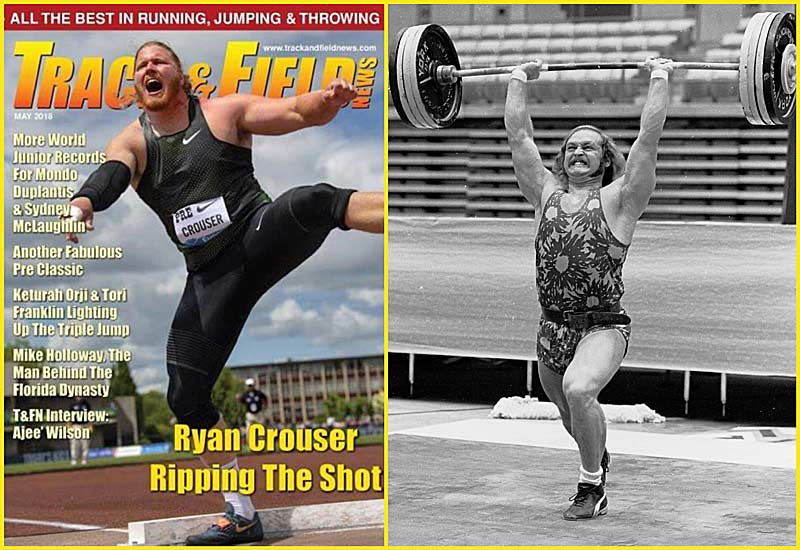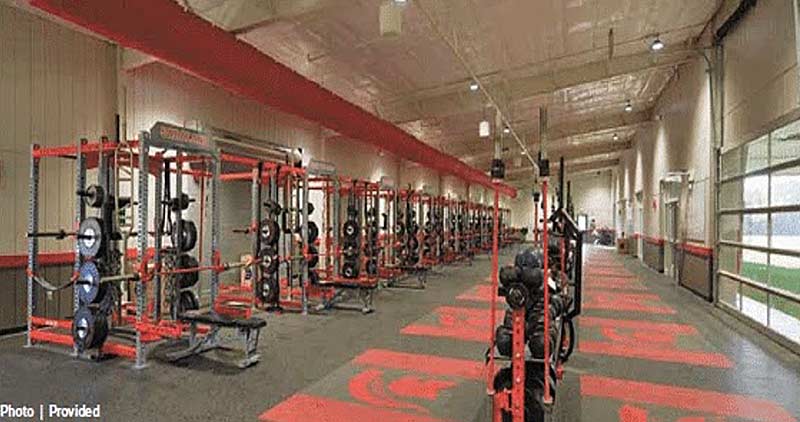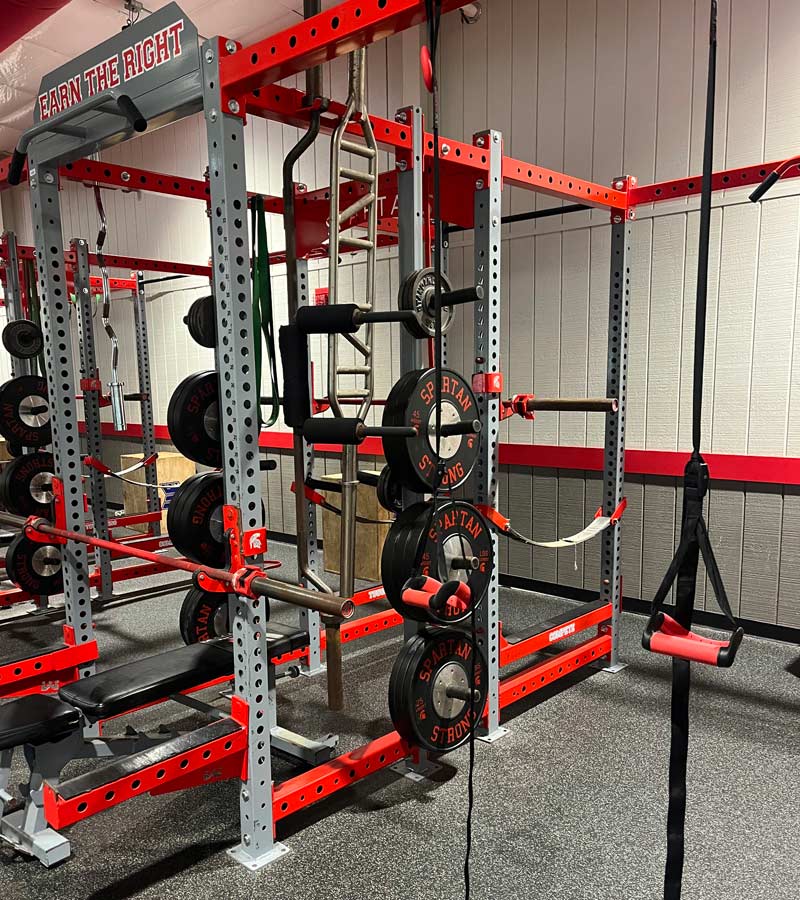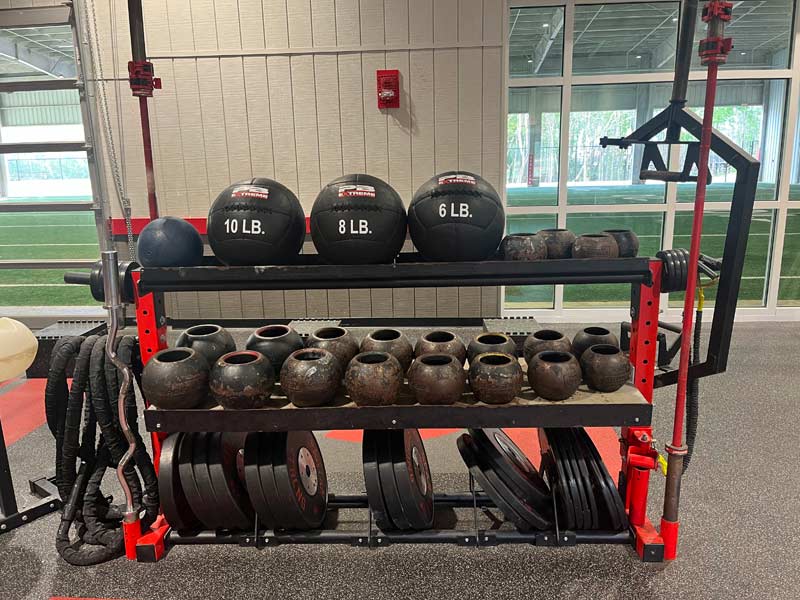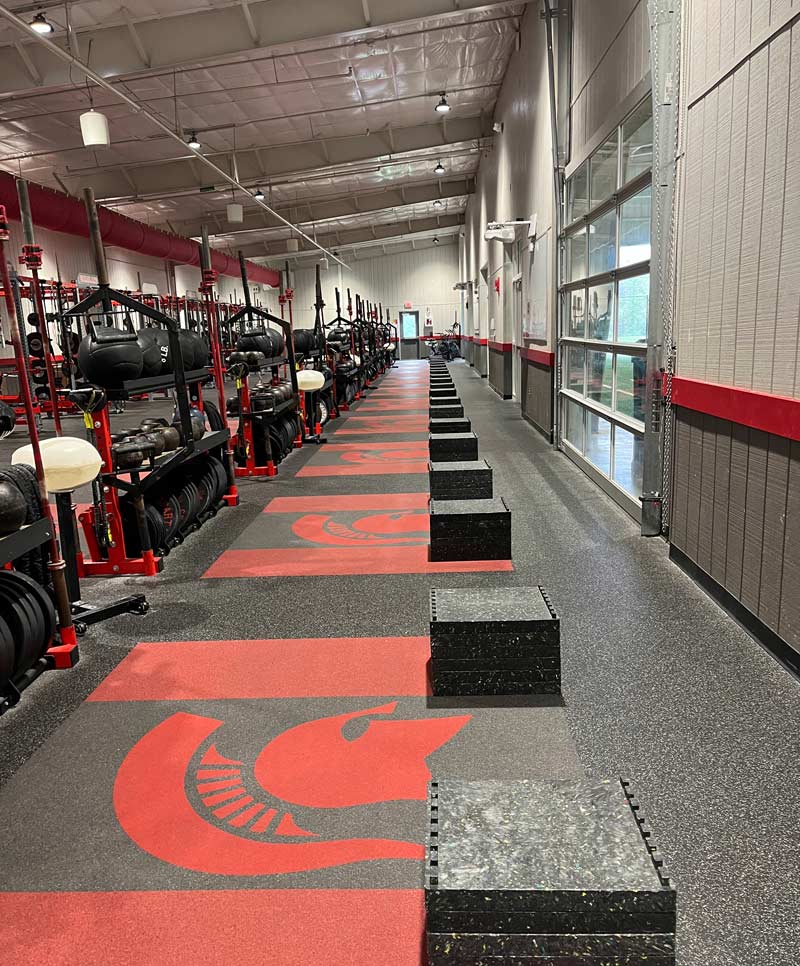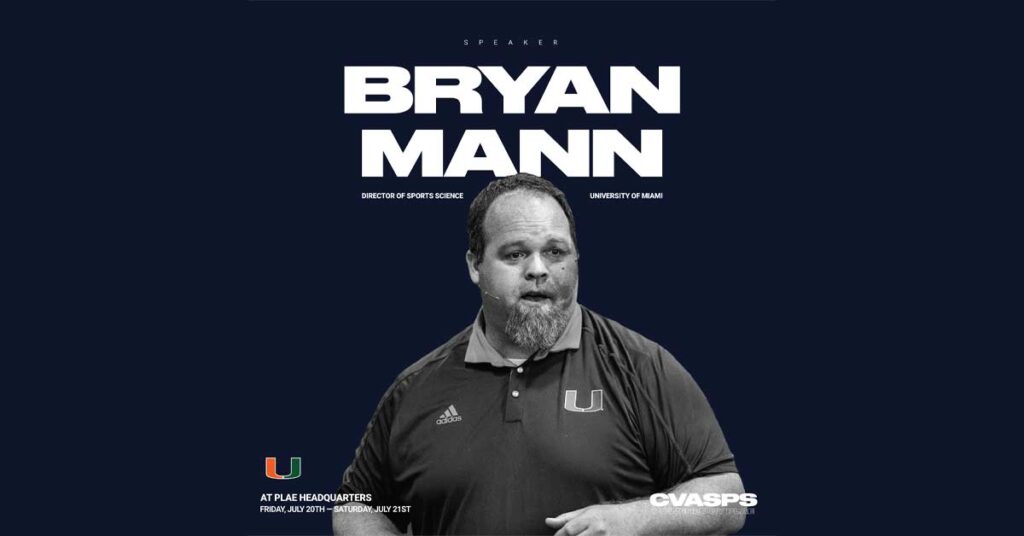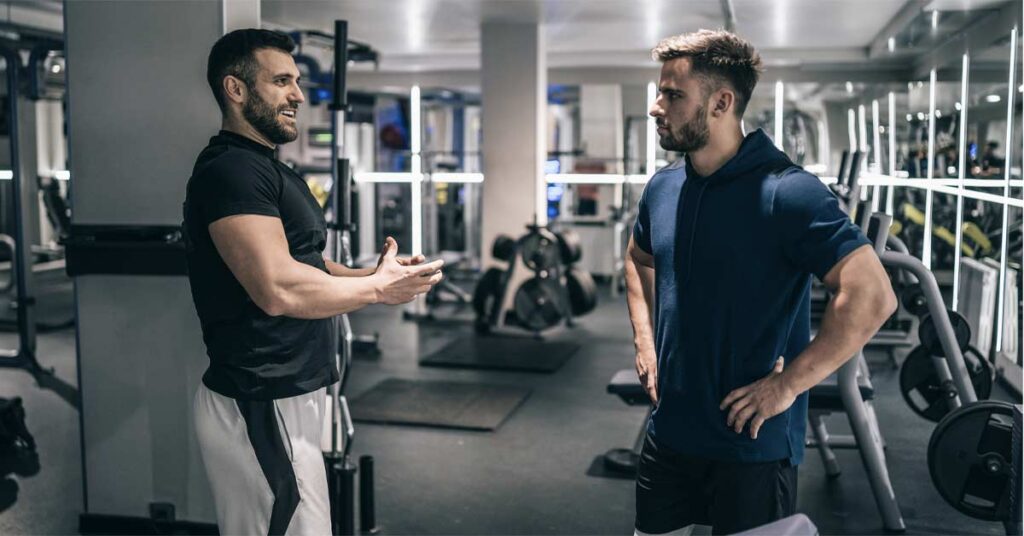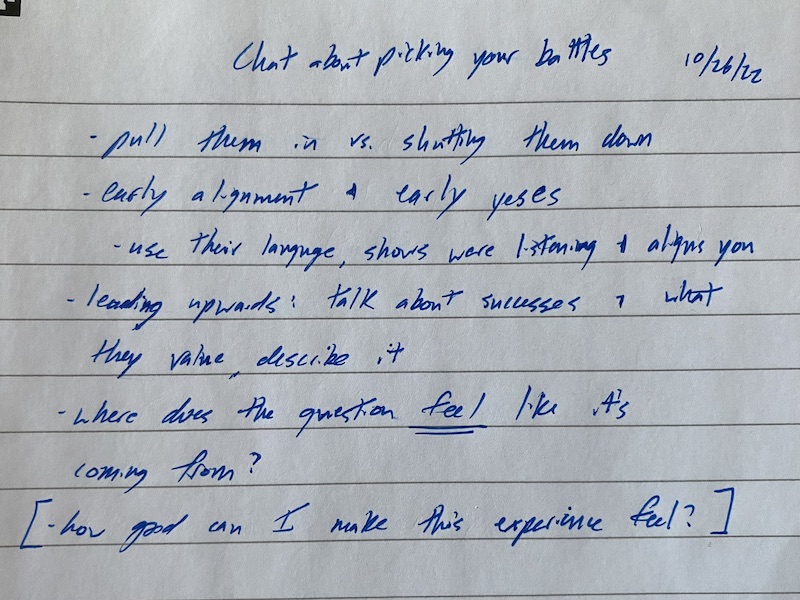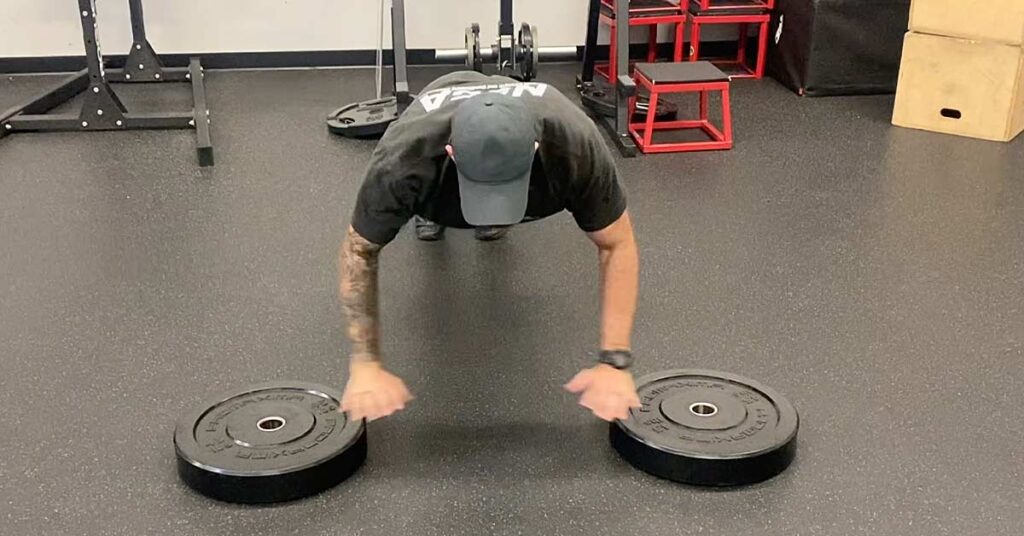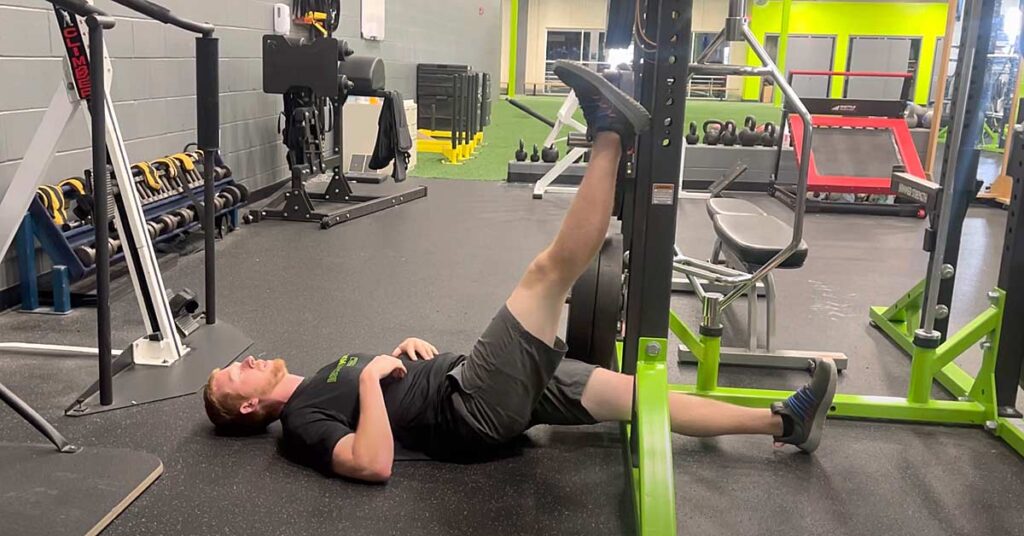
When you feel tight, what do you do? When your hamstrings or hips or lats feel tight and restricted, how do you make them feel better?
If you are a competitive athlete in your teens, you probably stretch or foam roll to fix these issues, and it makes them feel loose again…but did you really fix the issue? While stretching and foam rolling can provide temporary relief and improve flexibility, too often, we have to do it every day—which means we’re not actually fixing the issue.
What Causes Tightness?
Many different mechanisms in the body can cause muscle tightness. One important thing to really understand is the brain’s influence on a joint’s range of motion—your brain and the rest of your body are in constant communication (the brain and spinal cord tell the muscle to contract or relax, and the Golgi tendon organs and muscles spindles tell the brain where you are at in space, how stretched a muscle is, or how tense a muscle is), and one of the brain’s primary functions is to keep you safe and keep you alive. If the brain doesn’t feel that a joint or a muscle is safe and strong in a specific range of motion, it won’t let you into that range of motion.
“A tight muscle is a weak muscle.” – Greg Roskopf
When a muscle is tight, it is not magically shorter today than yesterday or too short for your body; instead, the brain is restricting that muscle from being stretched further. The brain is trying to keep that muscle safe.
When a muscle is tight, it isn’t magically shorter than yesterday; instead, the brain restricts that muscle from being stretched further. The brain is trying to keep that muscle safe. Share on XFor example, the most common muscle athletes tell me they feel tightness in is their hamstring. If a muscle around the hip is weak, injured, or overused, the brain will use the hamstrings (in this example) to guard against a person getting into a specific range of motion. It’s like walking on ice: when you walk on dry pavement, you might have a stride length of about 1 yard, but when walking on slippery ice and trying not to fall, your stride might shorten to 1 foot. Your brain doesn’t feel safe; it takes in the sensory input of seeing the ice as well as feeling how slick it is when trying to walk. If your brain doesn’t feel safe, it will restrict your range of motion. Go to the local roller-skating rink and watch: you will see seasoned professionals gliding around with long elegant strides and newbies moving inch by inch.
If your brain doesn’t feel safe in a range of motion, it won’t let you get there; if you let the brain know you are safe and can control a range, it will most likely allow you to get there. There can also be structural issues that limit flexibility, like a joint capsule, bony structures, and asymmetries/misalignments—I won’t touch on those, as that is a little out of my wheelhouse, but I will give two ways to best improve and solidify range of motion.
Stretching/Foam Rolling AND Strength Training
The most common way people improve their range of motion is by stretching. It works. I don’t know how long the effects last, but it will improve range of motion. Stretching pushes your body toward being more parasympathetic—relaxed. So, as you stay in a stretched position, your brain becomes more and more comfortable with the joint being in that position.
Like stretching, foam rolling works; it will improve your flexibility, at least in the short term. Some claim that using the roller will break up myofascial adhesions (knots or trigger points). A study by Chaudhry et al. found that to produce even a 1% change in tissue, there needs to be a force of 8359 Newton (852 kilograms/1,874 pounds) on the body. Foam rolling, obviously, does not produce that much force.
Then, how does it work?
Think of a weighted blanket and how it is calming; you may use it to reduce anxiety in yourself, a child, and even a dog. Think of the often relaxing feeling of a hug, the calm that comes from this sort of pressure on the body. Most likely, this is how a foam roller works. The pressure applied to the muscles isn’t enough to break up the knots but can influence the central nervous system to relax the muscle.
The issue with only stretching and foam rolling is that you don’t address the original cause of what limited the range of motion. Your brain didn’t want you there for a reason—most likely, there’s a muscle weakness around the joint.
One way to increase the benefits of stretching and foam rolling is to strengthen the shortened and lengthened muscles in that position. More specifically, when dealing with tight hamstrings, I have athletes stretch or roll out to open up the range of motion needed. Then, I have them strengthen that range of motion with a single-leg Romanian deadlift for the hamstring in that new long position and the hip flexor in the short position with a kettlebell hip flexor raise. Not only have you increased your range of motion and flexibility, but you are also now stronger in that newly opened position.
Stretching doesn’t cause a tissue adaptation. In order to create a change—an adaptation—you need to stress the body. Getting strong in the new range of motion is an adequate way to stress the body in the new position.
To create a change—an adaptation—you must stress the body. Stretching doesn’t do that. Getting strong in the new range of motion is an adequate way to stress the body in a new position. Share on X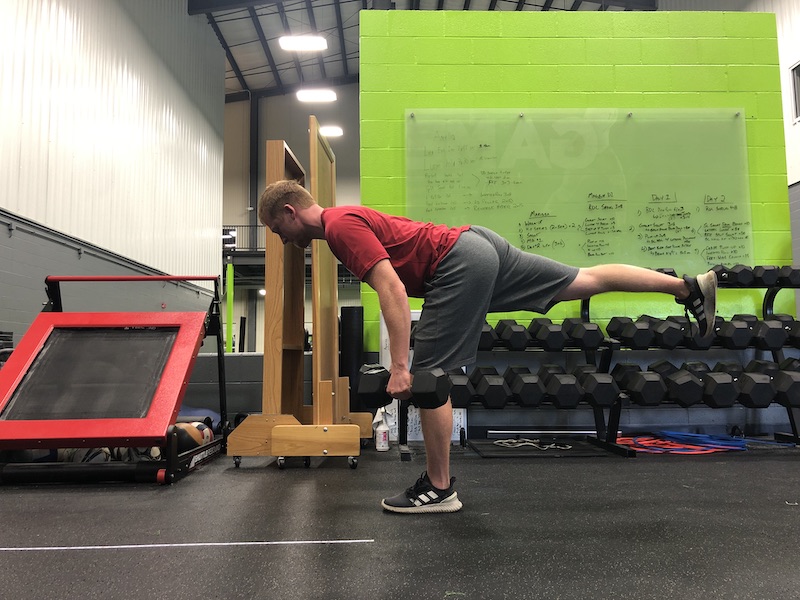
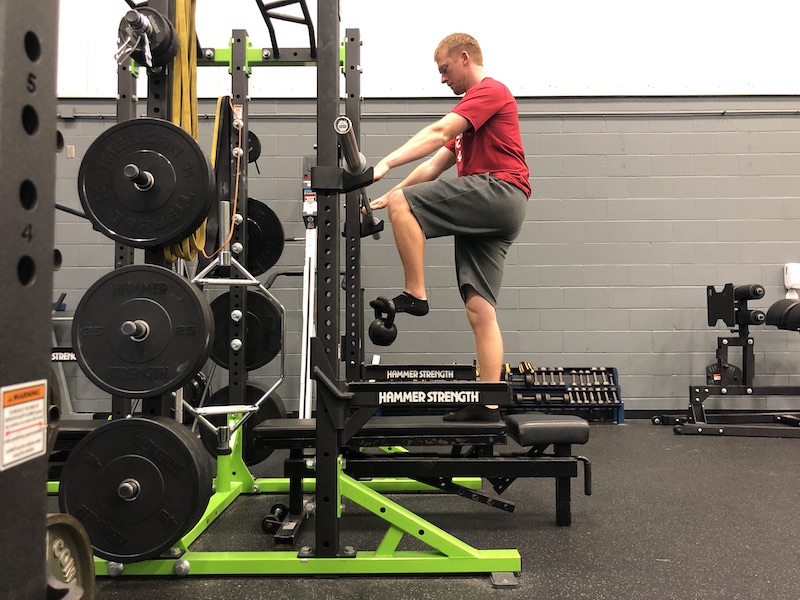
Isometrics
My favorite way to increase range of motion is through short-duration isometric contractions. Isometric muscle contractions are a great way to communicate with the brain that your joint is safe in a range of motion. Isometric, meaning not moving, are exercises where you actually don’t move but instead, you hold a position. Planks or wall sits are very common isometric exercises, but you can get very creative.
An isometric contraction in a stretched position is very similar to stretching but more effective. Methods such as muscle activation techniques (MAT), functional range conditioning (FRC), and proprioceptive neuromuscular facilitation (PNF) all utilize relatively short duration isometrics—under 15 seconds—and all are solid ways to improve range of motion. To briefly describe each (in an oversimplified way):
- MAT focuses on the isometric contraction of the shortened muscle.
- PNF contracts the lengthened muscle.
- FRC techniques contract both the shortened and the lengthened at different times.
For example, if you were sitting on the ground in the modified hurdler stretch position, MAT would look to contract the hip flexors, PNF would try to contract the hamstrings and glute, and FRC would contact the hip flexors for a certain period and then the hamstrings for the same amount of time.
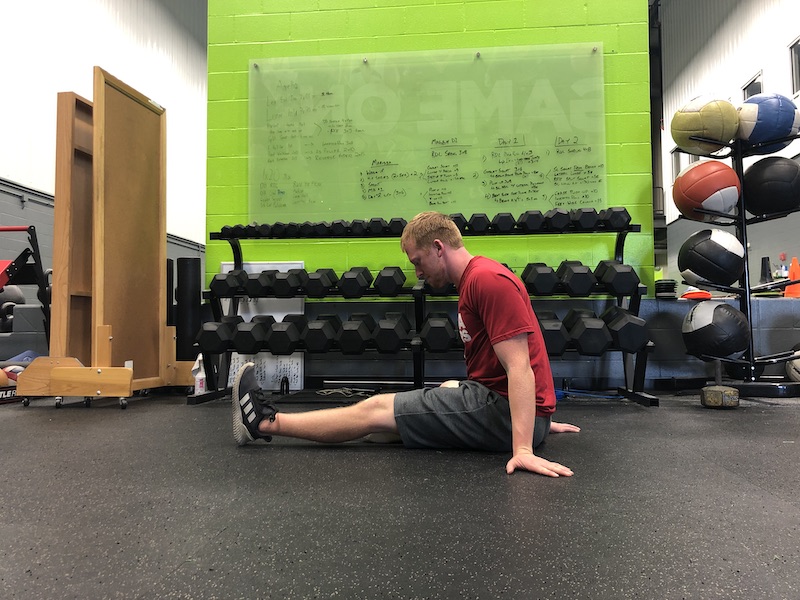
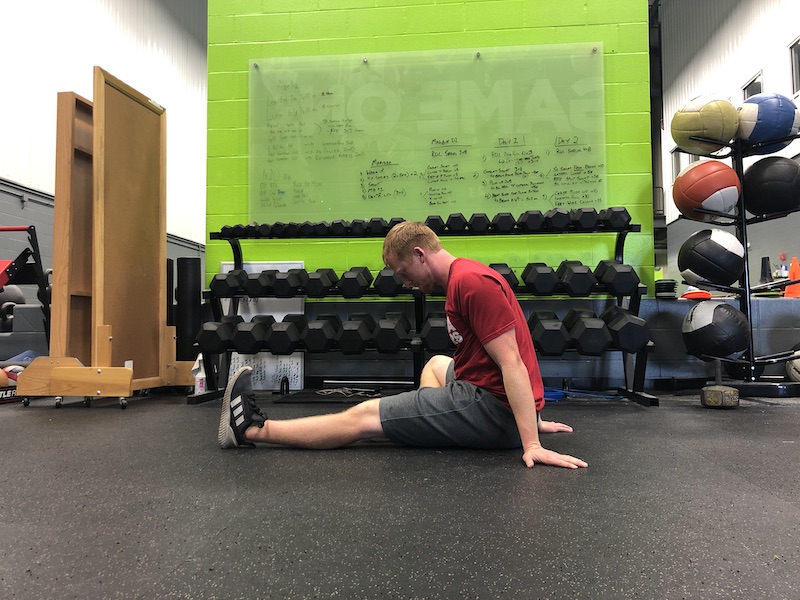
Canadian chiropractor Dr. Ken Kinakin gave a presentation on increasing range of motion, and he referred to the technique he used as the “isometric agonist antagonist exercise.” This technique (similar to FRC ideas) involves getting the joint into the end range of motion in the specific area you want to increase and submaximally contracting the shortened muscle for five seconds by pushing into his hand, followed by submaximally contracting the lengthened muscle for five seconds by pushing the other direction into his hand. The patient or client performs a few repetitions in each direction, alternating between the shortened muscle (agonist) and the lengthened muscle (antagonist).
Video 1. Isometric agonist antagonist exercise for hamstrings and hip flexors, straight leg.
Video 2. Isometric agonist antagonist exercise for hamstrings and hip flexors, bent leg.
All of these methods, while distinctly different, utilize isometric contractions to improve range of motion. They all share the common theme of short-duration contractions, and most of these techniques prescribe low effort in these contractions: 20%–50% effort. These concepts all involve the idea of showing the brain that the joint is safe in this range of motion by proving that the muscles are strong here. The brain wants to keep the body safe and protected, so you just have to prove to your brain that the muscles can control and stabilize a range of motion.
Think about a crazy lower-body workout you have completed in the past…one of those workouts where it hurt to go up a set of stairs for a couple days afterward. How was your flexibility on those days right after the workout? It was probably near impossible to touch your toes, and it hurt to even think about trying. Your muscles are clearly damaged and temporarily weakened, and your brain knows this.
By proving you are strong in specific positions, your brain will allow you to be more and more flexible, says @steve20haggerty. Share on XTo minimize the risk of further damage (and potential injury), your brain doesn’t allow you to be flexible and reach certain ranges of motion. Your hamstrings didn’t become shorter because of the workout and need to be lengthened through stretching; instead, this is your brain’s way of trying to keep the body safe. By proving you are strong in specific positions, your brain will allow you to be more and more flexible.
Safety First
The brain wants to keep you safe. If it doesn’t feel safe in a certain range of motion, it won’t let you get there. Isometrics and strength training are good ways to solidify a range of motion by demonstrating that you’re strong and safe in that particular range of motion. For isometrics, a five-second contraction of the shortened (agonist) muscle followed by a five-second contraction of the lengthened muscle (antagonist) repeated five times will open up and strengthen a new range of motion.
Since you’re here…
…we have a small favor to ask. More people are reading SimpliFaster than ever, and each week we bring you compelling content from coaches, sport scientists, and physiotherapists who are devoted to building better athletes. Please take a moment to share the articles on social media, engage the authors with questions and comments below, and link to articles when appropriate if you have a blog or participate on forums of related topics. — SF
References
The Future of Swis – The New Field of Weight-Training Sports Medicine
Chaudhry H, Schleip R, Zhiming J, Bukiet B, Maney M, and Findley T. “Three-Dimensional Mathematical Model for Deformation of Human Fasciae in Manual Therapy.” Journal of American Osteopathic Association. 2008 Aug;108(8):379–390.
Inami T, Shimizu T, Baba R, and Nakagaki A. “Acute Changes in Autonomic Nerve Activity during Passive Static Stretching.” American Journal of Sports Science and Medicine. 2014 Jan;2(4):166–170.
www.researchgate.net/scientific-contributions/Takuya-Shimizu-2070675749




